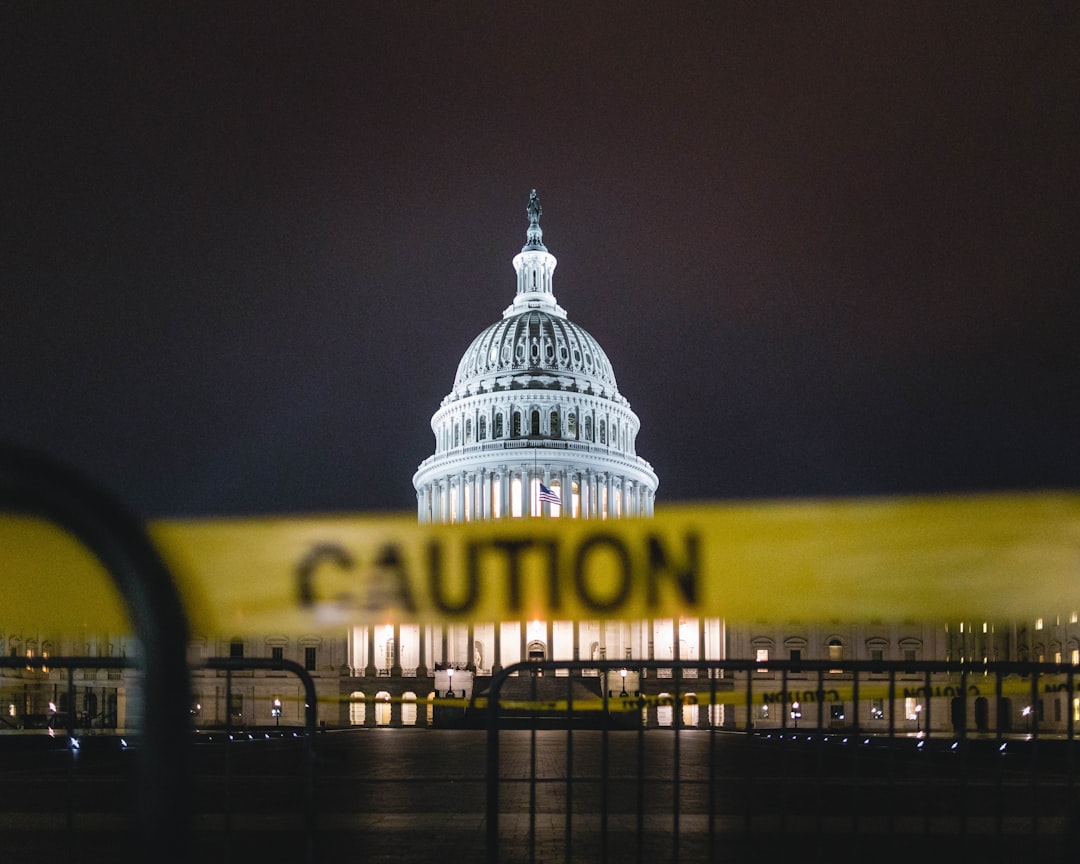As artificial intelligence continues to develop at unprecedented rates, one of its most fascinating and provocative applications is voice synthesis. In particular, the use of AI-generated voices to recreate the speech patterns of political figures has sparked intense debate among technologists, ethicists, and policymakers. Among the most notable subjects of such technology is former U.S. President Donald Trump. The phenomenon, often referred to as Trump Voice AI, illustrates the broader implications of AI voice synthesis in the political sphere.
The Foundation of Voice Synthesis Technology
Voice synthesis involves using algorithms and machine learning models to recreate human speech. Today’s most advanced voice models are built upon deep learning architectures, notably neural networks trained on hours of recorded speech. These models are capable of imitating a subject’s tone, cadence, and even emotional inflection with increasingly high fidelity.
The process typically involves:
- Data Collection: Gathering audio samples of the target voice.
- Training: Feeding the audio into an AI model to learn speech patterns and phonetic tendencies.
- Synthesis: Using text-to-speech engines powered by the trained model to generate new content in the subject’s voice.
When applied to celebrities or political figures like Donald Trump, the result can be an eerily accurate vocal representation — capable of delivering almost any script in their voice.
Political Figures as AI Templates
Political figures are particularly attractive subjects for voice AI for several reasons. Firstly, public figures such as Donald Trump have thousands of hours of recorded speech readily available in the public domain. Secondly, their speech patterns are often distinctive — Trump’s extemporaneous style, unique phraseology, and recognizable vocal tone make his voice both easier to imitate and more impactful when convincingly synthesized.

What makes political voice clones especially controversial is not just the technical feat of their creation but their potential uses. Political speech has always influenced public opinion, but with AI-generated impersonations, the potential for misinformation, manipulation, or even blackmail is amplified.
The Rise of Trump Voice AI
Over the last few years, many platforms have emerged offering celebrity voice synthesis tools. Donald Trump’s voice is among the most popular, often used in both innocuous and controversial contexts. Some applications include:
- Satire and Entertainment: From comedy sketches to parody videos, creators often use AI Trump voices to reimagine how he might discuss video games, movies, or fictional scenarios.
- Education and Linguistic Analysis: Some researchers have used Trump AI speech to study persuasive linguistics, rhetorical devices, and speech psychology.
- Political Propaganda: More concerning, however, are deepfakes designed to influence political beliefs, sometimes blurring the line between satire and deliberate misinformation.
While comedic use may seem harmless, the misuse of Trump Voice AI in scenarios with political consequence is a growing concern among analysts. Videos with fabricated Trump audio have been shared widely on social media platforms, often without clear disclaimers, misleading some viewers into believing they are authentic.
Regulatory and Ethical Implications
The use of AI-generated voices raises several critical ethical and legal questions. Key concerns include:
- Consent: Should public figures have the right to approve or reject synthetic impersonations?
- Accountability: If a synthetic voice is used to incite violence or spread false information, who bears responsibility — the creator, distributor, or platform?
- Labeling: Should AI-generated voices be legally required to include disclaimers?
The U.S. and other countries are beginning to address these issues. In 2023, several U.S. states introduced legislation aimed at regulating political deepfakes during election seasons. These laws often focus on requiring disclaimers and creating legal recourse for individuals targeted by harmful synthetic media.

Leading technology firms are also exploring solutions. Projects like Microsoft’s VALL-E and OpenAI’s cloned voice protocols include ethical guidelines, consent mechanisms, and safeguards against misuse. Yet, as the technology evolves faster than legislation, enforcement remains a challenge.
The Double-Edged Sword of Realism
One of the defining traits of modern AI-generated voices is their increasing realism. While earlier versions suffered from robotic intonation or poor prosody, current models can emulate almost human-like spontaneity. This realism fuels both admiration for the technology and alarm over its potential misuse.
With Trump Voice AI, the most concerning uses are in the creation of authentic-sounding fake news clips. Imagine a synthetic Trump voice announcing a fake policy or endorsing a foreign leader — the effects could be both immediate and profound. Given the strong identification many Americans have with political figures, these voice fakes can significantly influence public behavior, especially if combined with visual deepfakes or manipulated video footage.
Conversely, proponents argue that such realism empowers accessibility. For example, AI-generated voices could help people with disabilities have dialogues with pre-trained avatars in voices they respect or relate to, including political figures.
Public Perception and Media Responsibility
Media organizations are increasingly aware of the power and potential pitfalls of voice AI. Responsible journalism now requires not only verifying sources and video footage but also scrutinizing audio content for signs of AI manipulation. The public must become savvier as well — able to distinguish between fact and fabrication amid a flood of synthetic media.
Social media platforms like Twitter (now X), Facebook, and TikTok have a particularly critical role to play. Many are investing in automated detection tools to identify AI-generated audio and video content. Others have instituted policies requiring users to label AI-generated media, though enforcement varies.
Looking Ahead: The Future of Voice AI in Politics
As voice synthesis technology matures, its impact on politics is poised to deepen. Possible developments include:
- Election Campaign Tools: AI voice clones could be used to create scalable, personalized campaign messages, particularly to reach multilingual audiences.
- Historical Preservation: AI could recreate voices of past leaders for educational documentaries, offering a new way to engage with history.
- Real-time Translation: Politicians speaking in one language could be AI-translated and voiced in real time by their own virtual clones, making international communication more seamless.
However, without robust oversight, these innovations could also lead to breakdowns in trust, echo chambers of misinformation, and deepening political divides.

Conclusion
Trump Voice AI is emblematic of the broader ethical, technical, and political crossroads at which we now stand. While the capabilities of voice synthesis are impressive, their use — especially in the political domain — demands careful consideration. Whether seen as a marvel of modern technology or a potential threat to democratic institutions, one thing is certain: the intersection of AI and politics is just beginning to evolve.
As with all transformative tools, the challenge lies not just in what we can create, but in how responsibly we choose to wield it.
